In forest-park areas, on household plots, mushrooms growing on stumps are often found. However, not everyone will risk collecting them, since not everyone knows which of them are edible and which are poisonous. In fact, among such varieties of mushrooms there are very few edible ones and most of them have inedible doubles.
Content
Causes of mushroom stump growth
Individuals settling in this way are classified as saprophytes, feeding on the remains of various microorganisms. They parasitize on the body of a stump or living tree, destroying wood. Mushroom spores spread at the sites of damage, forming a mycelium, which allows the fungi to go deeper into the wood, affecting it.
Causes of mushrooms on stumps:
- Damage by mechanical means (saw cut, breaking off).
- Irregular garden care.
- Lesions of trees by pests.
- Special settlement of fungal spores on stumps or trees for the cultivation of edible species.
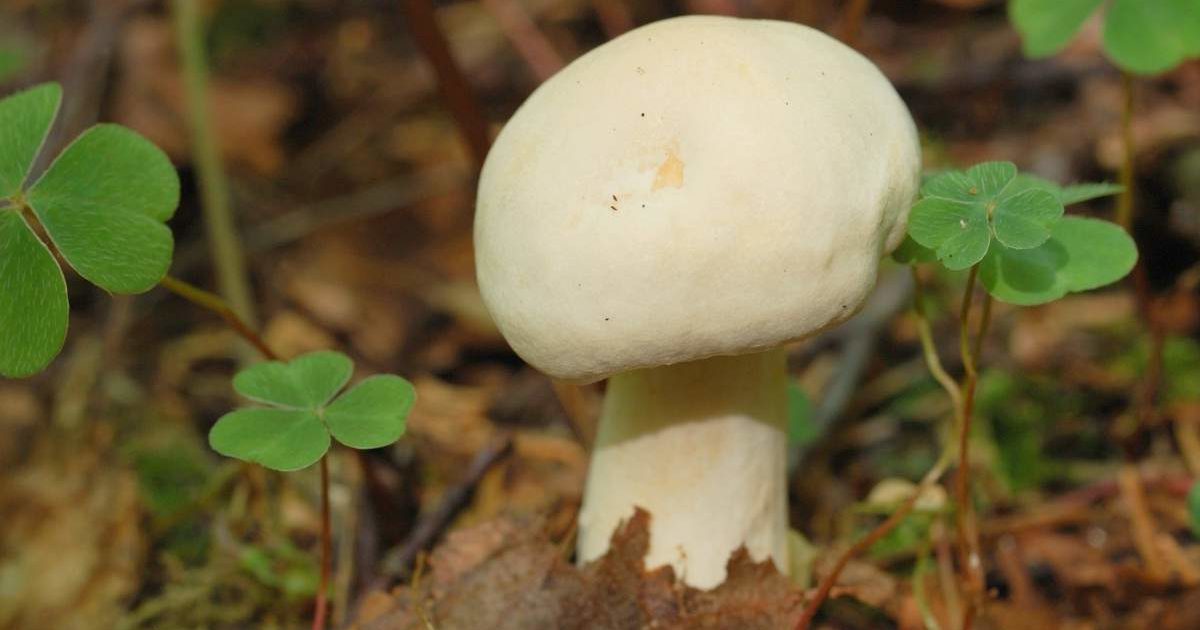 You may be interested in:
You may be interested in:Edible tree mushrooms grown in the household or on large farms (mushrooms, oyster mushrooms, shiitake) in modern business have become a source of good profit.
Poisonous wood-destroying organisms cause irreparable harm to fruit trees, leading to their death and infection of the entire garden. Therefore, trees affected by such parasites should be uprooted and destroyed in time to prevent the spread of fungal spores to other plants.
Edible species of mushrooms growing on stumps.
Edible mushrooms are sometimes difficult to recognize, but special signs are clearly visible in the photo, and you just need to remember the name and description of each.
The most popular edible mushrooms growing on living or rotten wood in nature or grown artificially are mushrooms of red and yellow color, located in nature in groups on old coniferous stumps (spruce, pine). They are widely used in cooking. They are pickled, fried, canned, salted, not fearing for their health.
Due to the content of a large number of trace elements (copper, zinc) involved in the formation of blood cells, eating honey mushrooms has a beneficial effect on the body. However, among the honey mushrooms there are their doubles, which are called false and are poisonous. A distinctive feature is the presence of edible fruit ringlet on the leg. There are such varieties of edible mushrooms:
- winter mushroom (Flammulina velutipes). Often striking because of the bright orange color. The hat has a smooth transition from bright to dark shade, thickening towards the center. The leg is covered with small villi. The pulp is whitish, with a pronounced mushroom aroma. Due to its good resistance to low temperatures, winter mushrooms can be found in winter under the snow on damaged wood of deciduous trees (willow, poplar);
- summer mushroom (Kuehneromyces mutabilis). Distributed on decaying larch trees. A small brown or dark yellow hat up to 6 cm in young fruits is convex in shape, in older ones it aligns with time. The leg grows up to 7 cm long. Possesses yellow pulp with pleasant aromatic qualities;
- autumn mushroom (Armillaria mellea). It settles on rotten alder, aspen, birch stumps. The hat is quite large, with a circumference of up to seventeen centimeters, of a greenish or brownish hue.Legs grow up to ten centimeters, outwardly scaly, light brown. The pulp is dense, has a flavor.
Other edible mushrooms:
- oyster mushroom (Pleurotus cornucopiae). A funnel-shaped hat of light gray color (3-12 cm) gave the name oyster mushroom. Leg - central location (2-6 cm), covered with small plates. White, slightly compacted dense pulp with a delicate smell. You can observe the spread of oyster mushrooms on deciduous stumps;
- curly grifola (Grifola frondosa) or ram mushroom. It is recognized by a fused solid hat and a light short leg. Grifola has a dense, tasty pulp, white. Grows on oak or maple stumps, growing up to ten kilograms;
- common liverwort (Fistulina hepatica). It looks like a liver, respectively. The hat is semicircular reddish-brown in color, reaches 30 cm, has a short leg. Red, dense flesh of unusual sour taste, smelling of fruit. He likes oaks or chestnut trees, in rare cases - other deciduous plants. Active growth reaches from the end of summer to October;
- tiger pilothorn (Lentinus tigrinus). It grows in summer and autumn, settling on hardwood. The hat is scaly in diameter 4-8 cm, walnut. Hat flakes are most often brown. Curved leg 3-8 cm. The fruit body is harsh, without a particularly pronounced smell. It is a high protein product;
- cellular polyporus (Polyporus alveolaris). These mushrooms grow on deciduous stumps in the spring and summer. The reddish-yellow hat is oval up to eight centimeters in diameter, covered with small scales. The white leg, located on the side, has a length of about 10 cm. The flesh is white, is particularly hard and has a delicate smell;
- polyporus squamosus (Polyporus squamosus). The most popular species growing on stumps and trees in parks and forests. Its main difference is a scaly leathery hat of yellowish size up to 30 cm in diameter. The leg is scaly, brown in color, 10 cm long. The pulp is fragrant, dense and juicy. The most suitable for cooking are young specimens of tinder fungus, since its old representatives are stiff;
- tinder fungus sulfur-yellow (Laetiporus sulphureus), chicken mushroom. Parasitizes on fruit and coniferous trees. A yellowish drop-shaped hat from 10 to 40 cm in size is located on a barely noticeable yellow leg, with elastic and juicy pulp.
The presented varieties of mushrooms, although they belong to edible, however, require careful heat treatment before cooking.
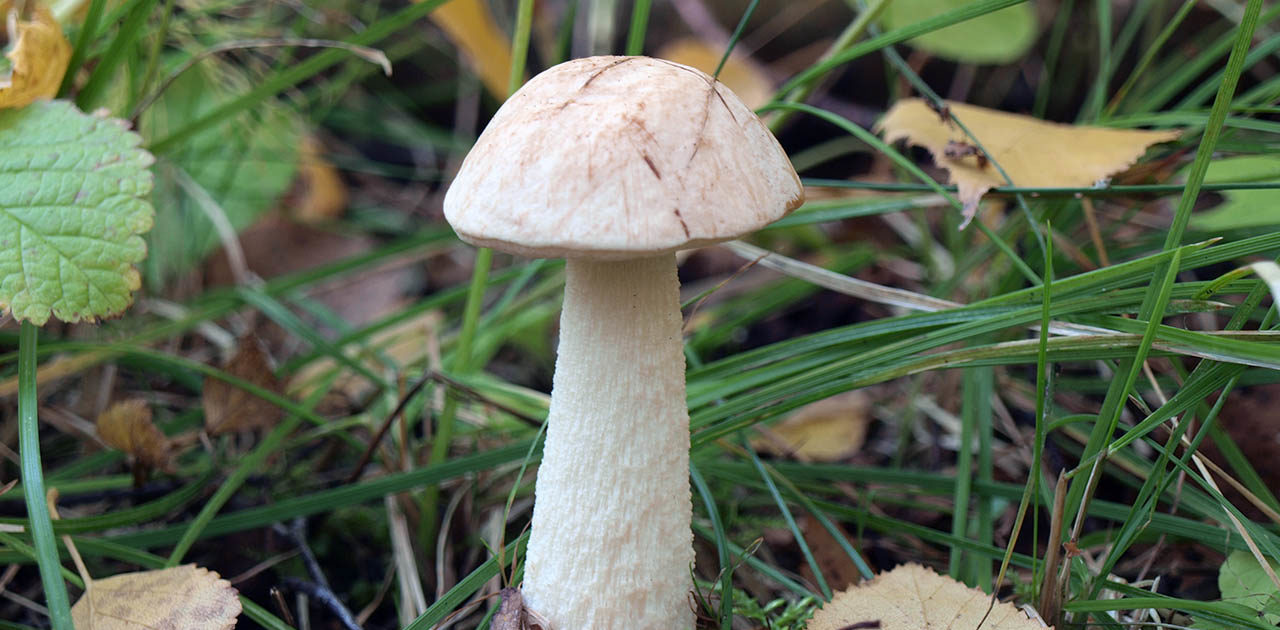 You may be interested in:
You may be interested in:Poisonous and inedible species of mushrooms
Unfit mushrooms, which like to settle on stumps, are much more than edible specimens. When ingested, they cause irreparable harm. Inedible mushrooms growing on stumps are represented by ganoderma, ishnoderm, postia and others, according to the photo and detailed description, special characteristic features that other species do not have can be distinguished:
- southern ganoderma (Ganoderma australe). This mushroom is distinguished by a compacted, rather large hat 40 x 13 cm, dark brown. The leg is not pronounced. The brown flesh is soft. Favorite places of growth - poplar, oak, linden stumps;
- Ishnoderma resinous (Ischnoderma resinosum). The parasite settles on beech, birch, fir, linden trees, causing putrefactive changes in wood. It has a bronze hat that reaches 20 cm. During growth, the hat releases reddish liquid in the form of drops. The flesh is poisonous, white in color, characterized by juiciness;
- Piptoporus oak (Piptoporus quercinus). Fan-shaped fruit body 10-15 cm in diameter with a beautiful velvety surface, yellowish-brown. Settled mainly on oaks;
- astringent (Postia stiptica).The mushroom is quite recognizable by whitish bodies, which can take various forms. Young posts are covered over the entire surface with drops of liquid. The pulp is quite dense, juicy, bitter. Mushroom for resettlement prefers coniferous crops;
- fluffy trames (Trametes pubescens). Favorite place of growth - birch and conifer stumps or fallen trees. It settles in groups. The hats are covered with a delicate fluff. Color comes in various shades of gray. The pulp is white, dense.
Having a beautiful appearance and aroma, inedible mushrooms attract the eye, they are easily confused with edible specimens, so you should pay special attention to their description.
Mushrooms used in folk medicine
There are varieties of mushrooms of this type, effectively used in folk medicine for the treatment of various diseases, they are introduced into the composition of medicinal tinctures, decoctions, added to ointments:
- larch sponge (Fomitopsis officinalis) or agaricus. Mushrooms of white or pale yellow color, oblong, similar to the hoof of an animal. They can reach 10 kg in their mass. They grow on coniferous trees or larch stumps. When used as part of a drug, they weaken, stop the blood, calm, act like a light sleeping pill. Used to reduce sweat;
- varnished tinder (Ganoderma lucidum), or reishi. It is easy to see on the stumps of destroyed deciduous trees. The hat is ovoid or kidney-shaped red-brown in color, covered with delicate smooth skin with shine. The flesh is ocher-colored, tasteless. Medicines made on the basis of varnished tinder, have antitumor, immunostimulating effects, improve blood circulation, metabolic processes, and normalize blood pressure.
- tinder funnel (Inonotus obliquus) or chaga, or birch mushroom. It affects alder, birch, maple stumps, as well as trees, growing up to forty centimeters in diameter. The body is black, irregular in shape in the form of a growth covered with small cracks. As part of the drug has an anti-gastritis, anti-tumor, diuretic, antispasmodic effect.
Answers to widespread questions
Going out to hunt, mushroom pickers seek the desired prey on the earth, forgetting about useful edible specimens that prefer stumps and trees. You should not be upset if there is no forest zone nearby, wonderful mushrooms can be grown on your own by taking sawn stumps not so long ago and adhering to certain rules.
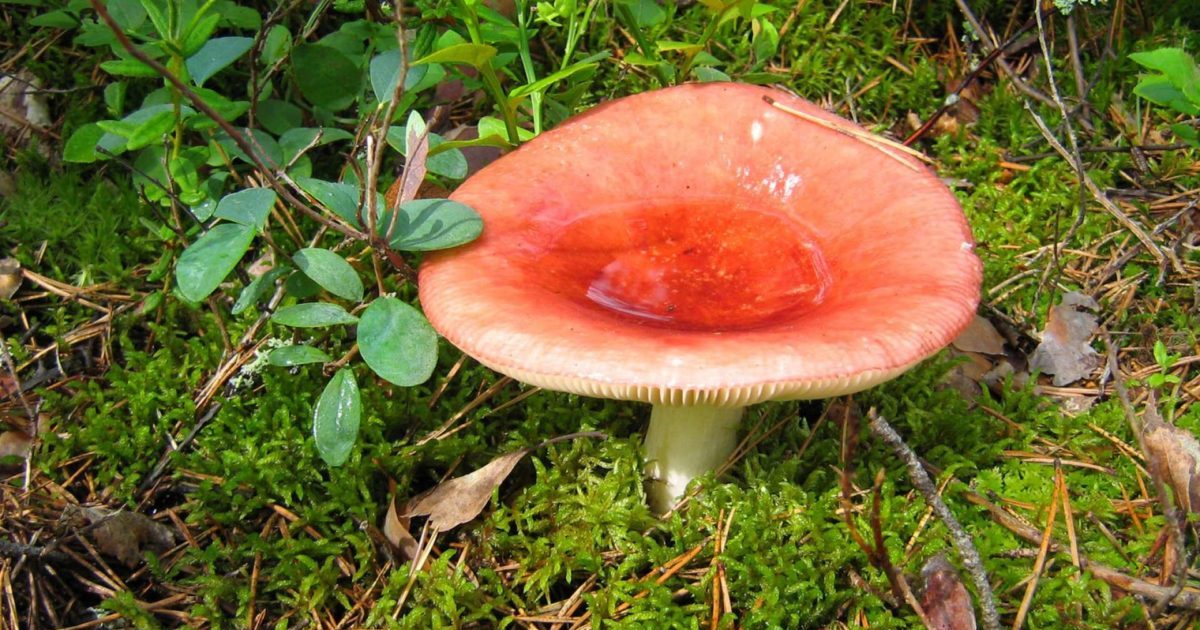 You may be interested in:
You may be interested in:

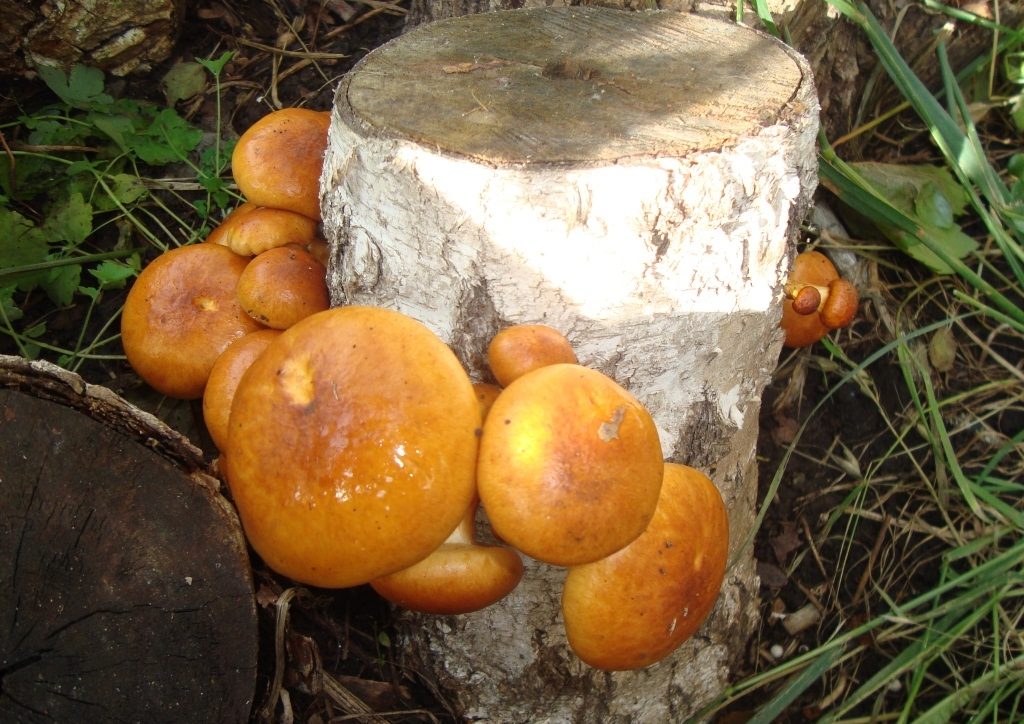
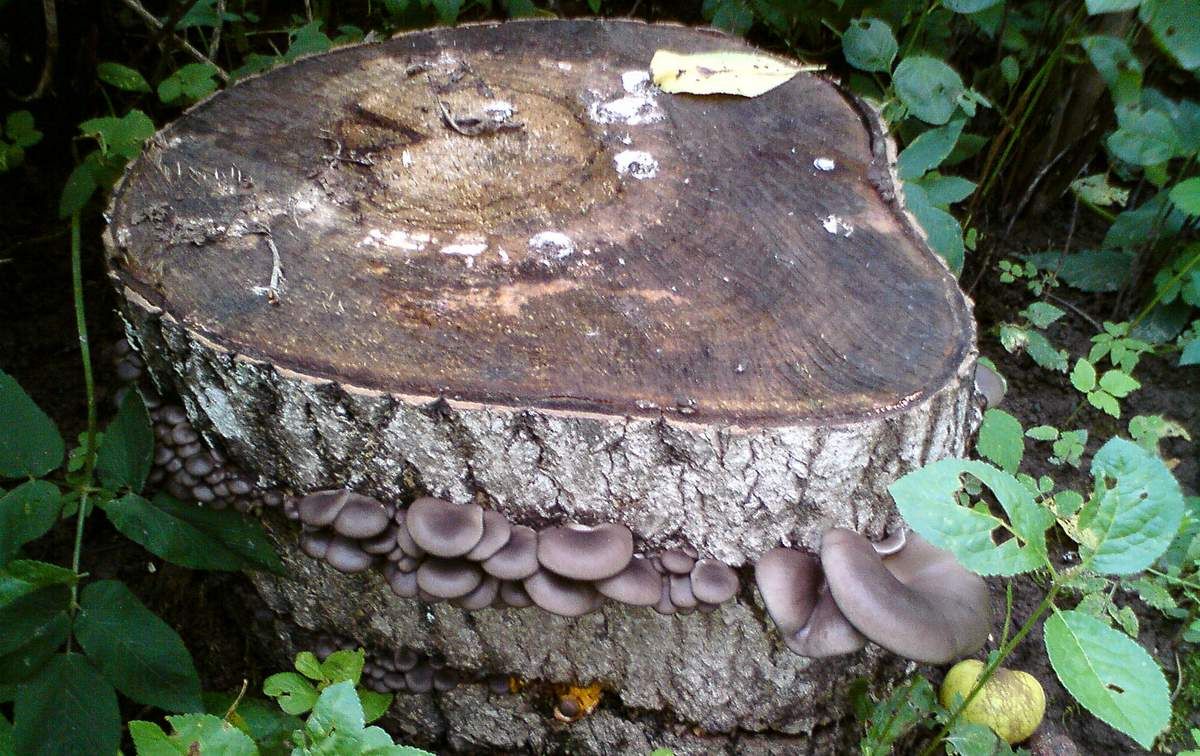
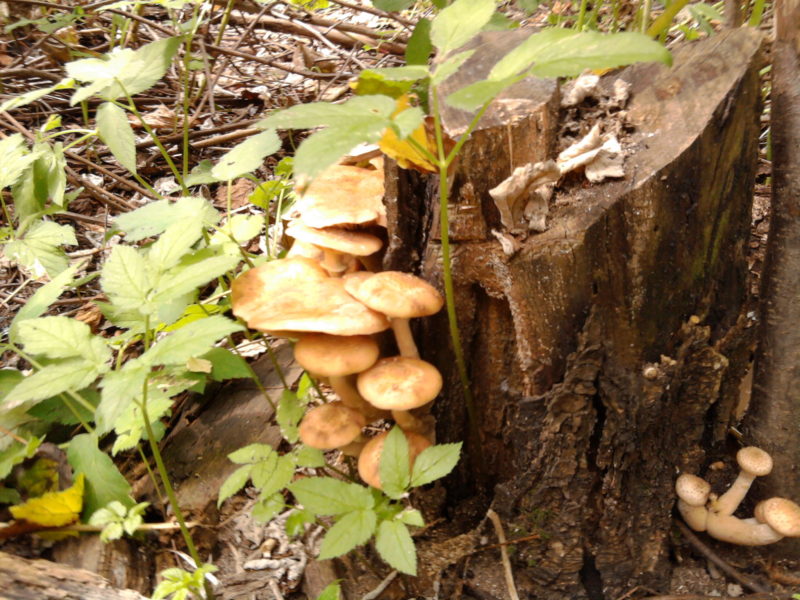
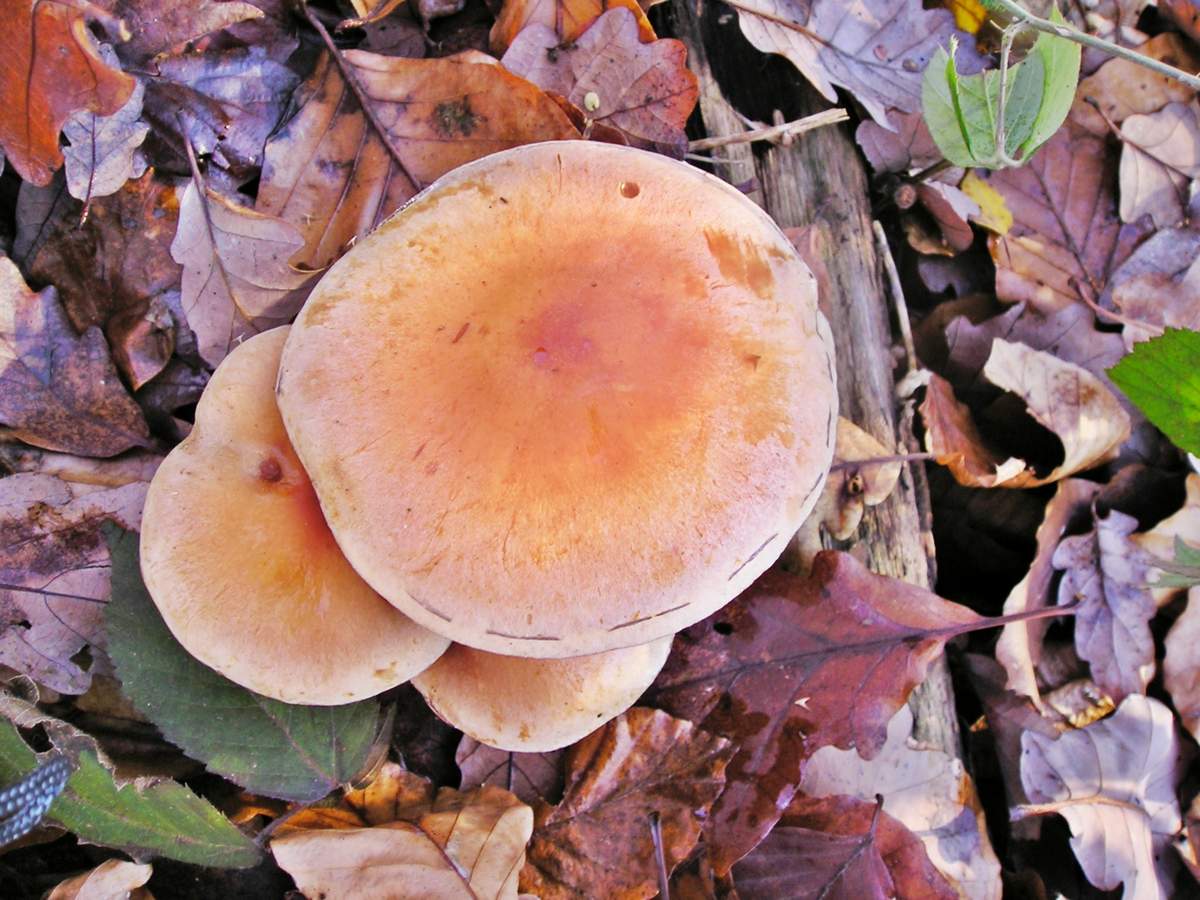
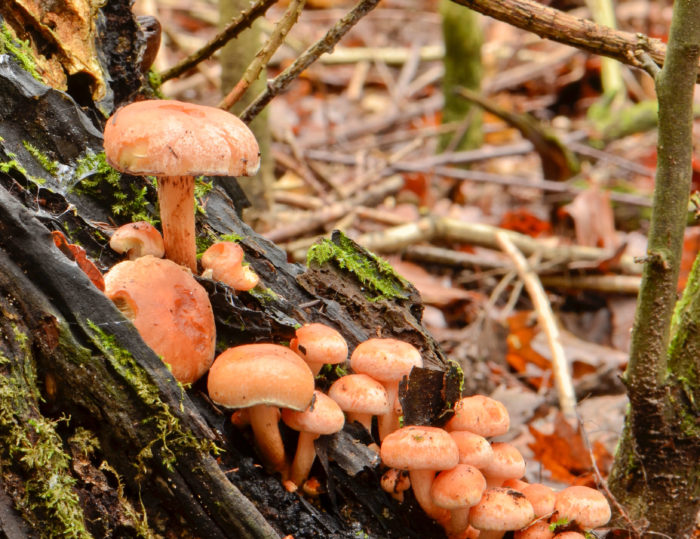
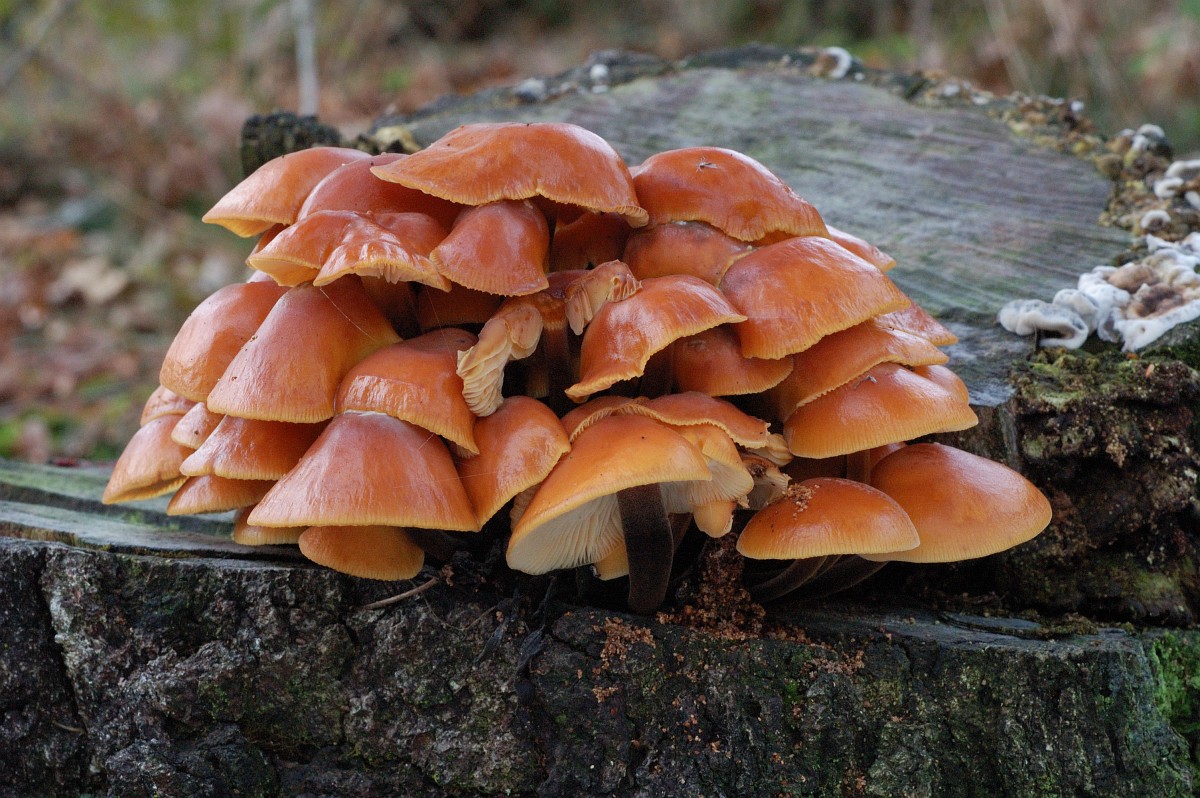
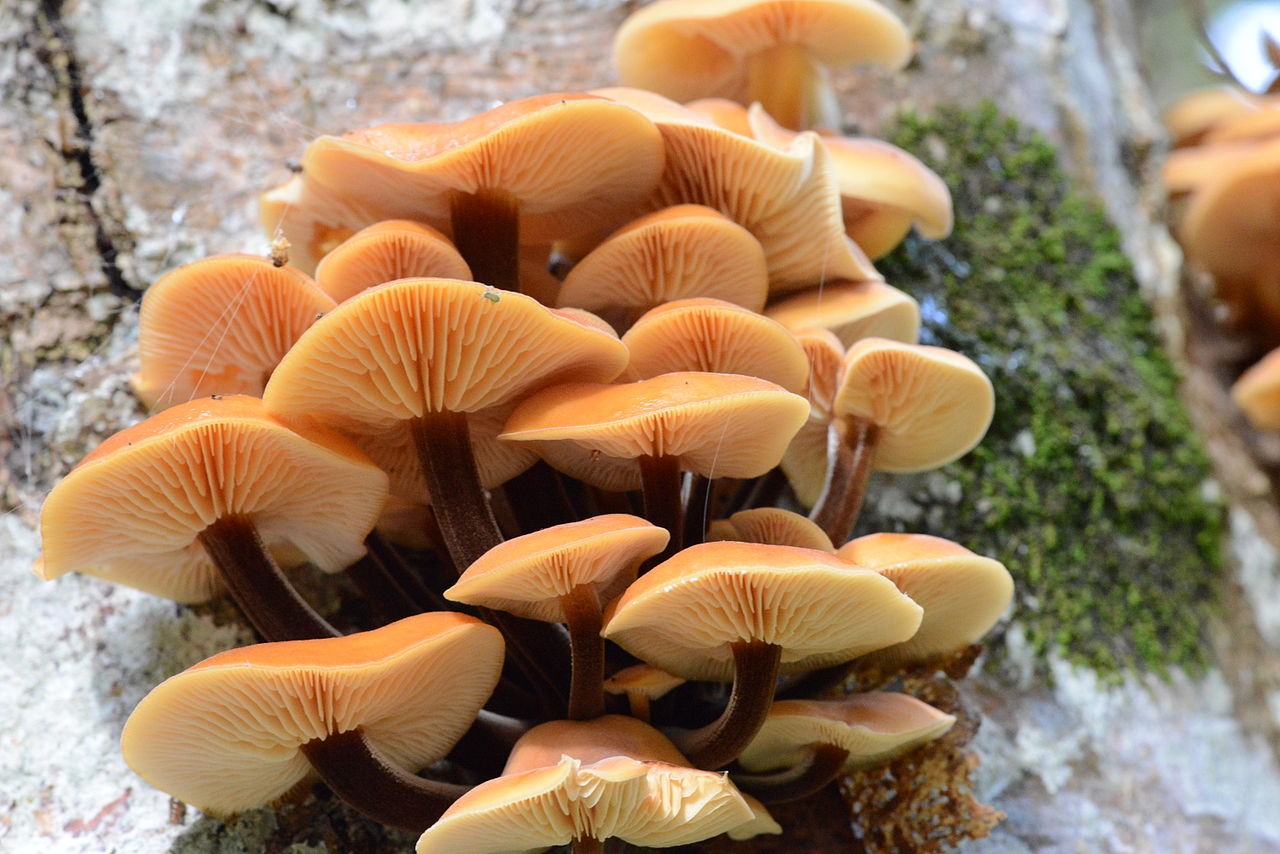
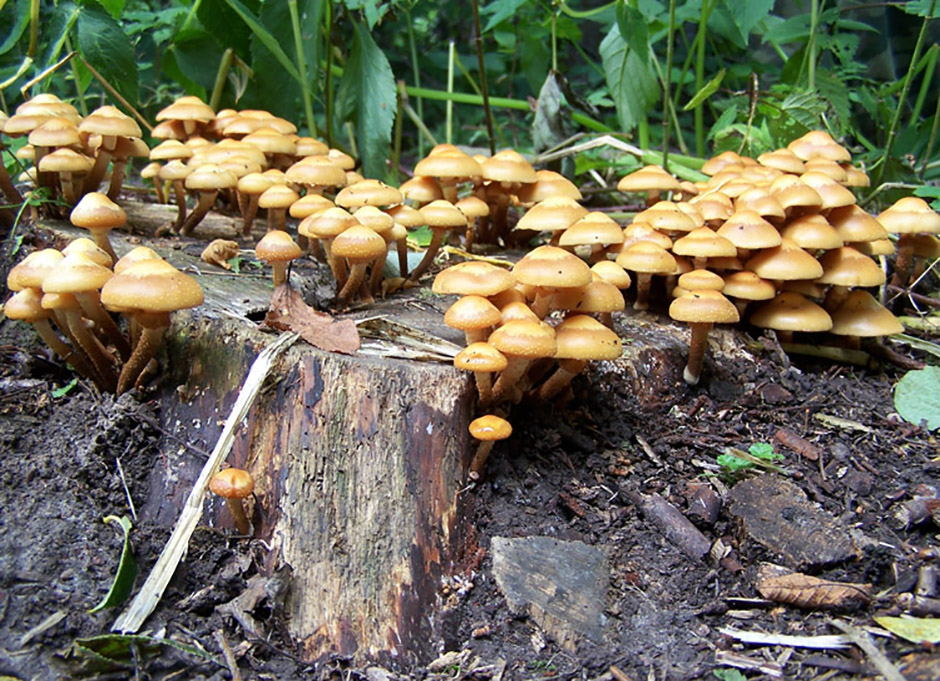
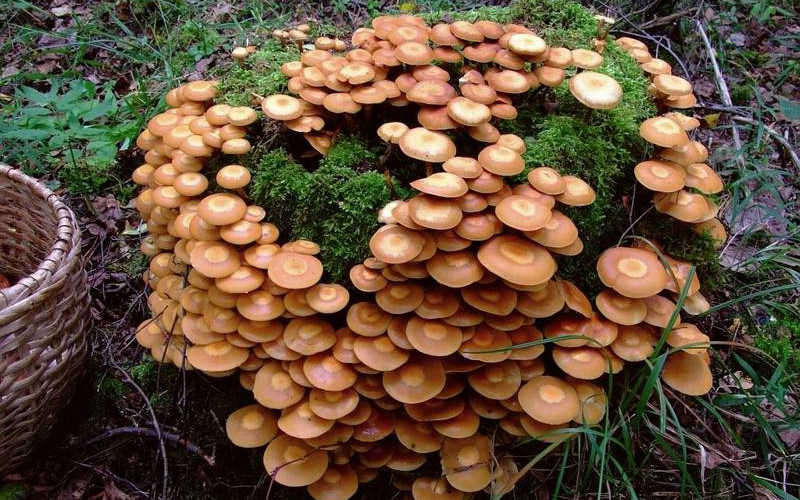
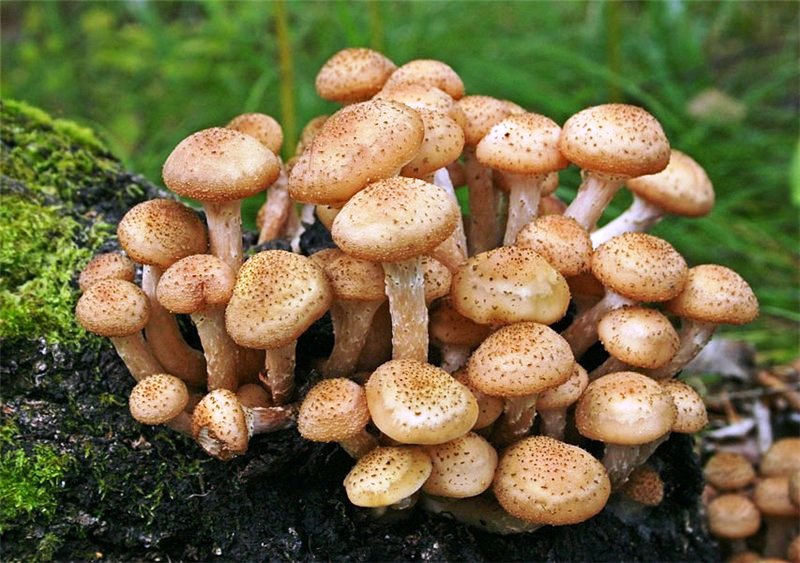
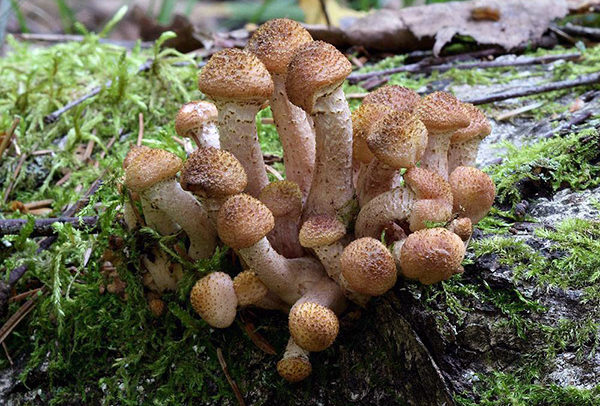
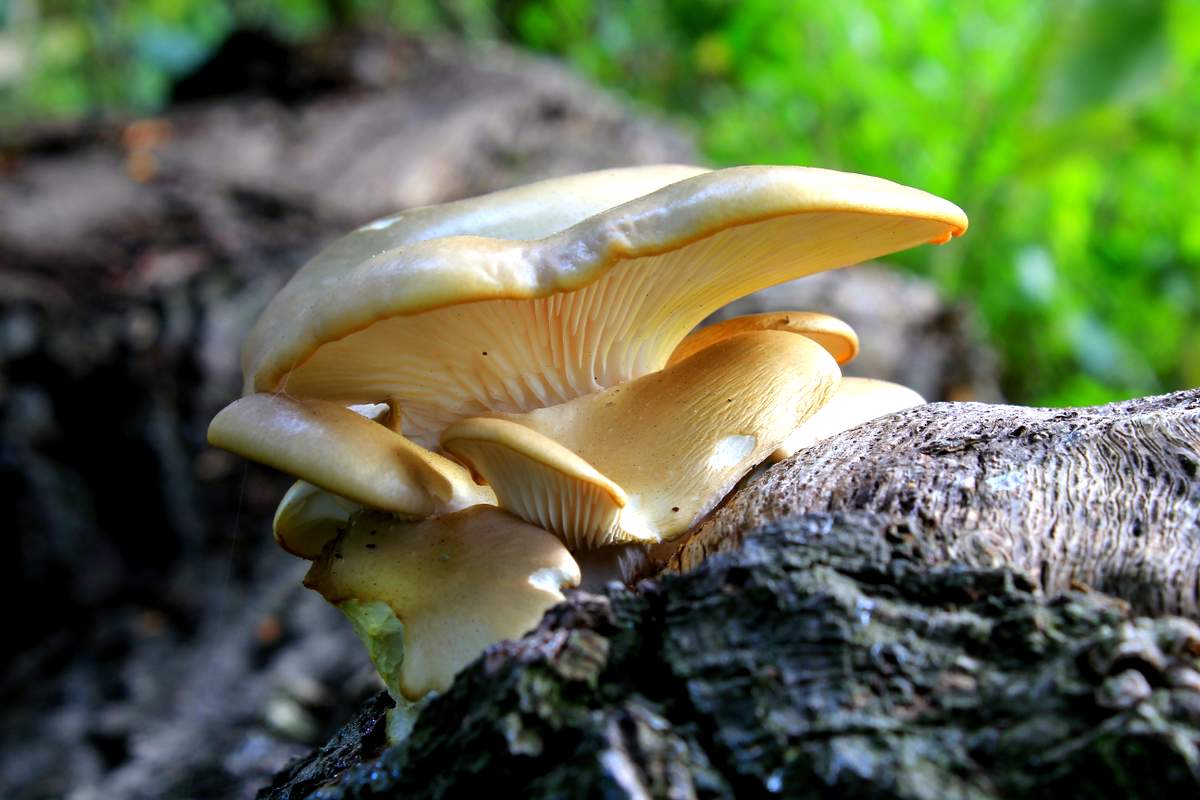
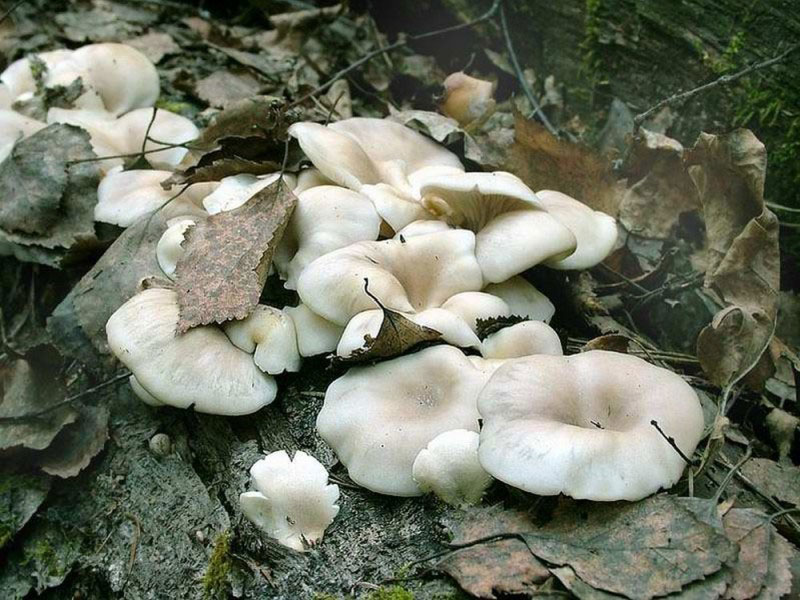
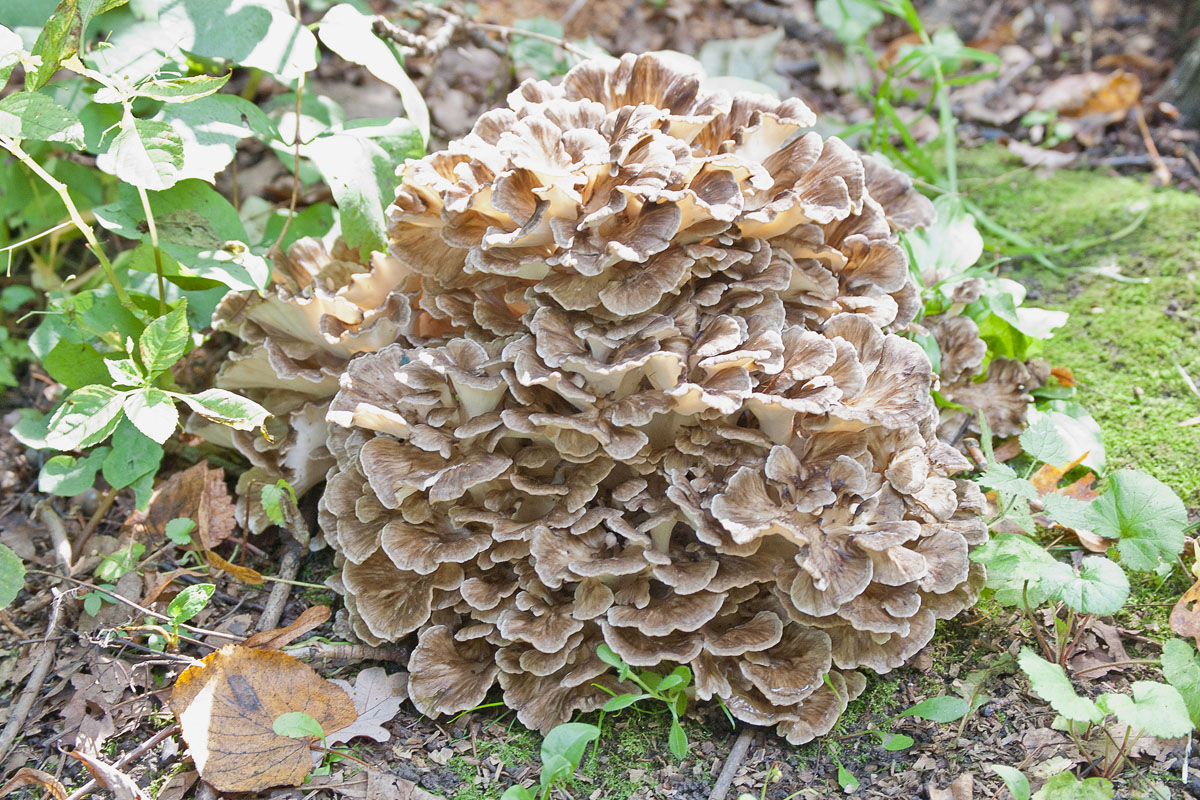
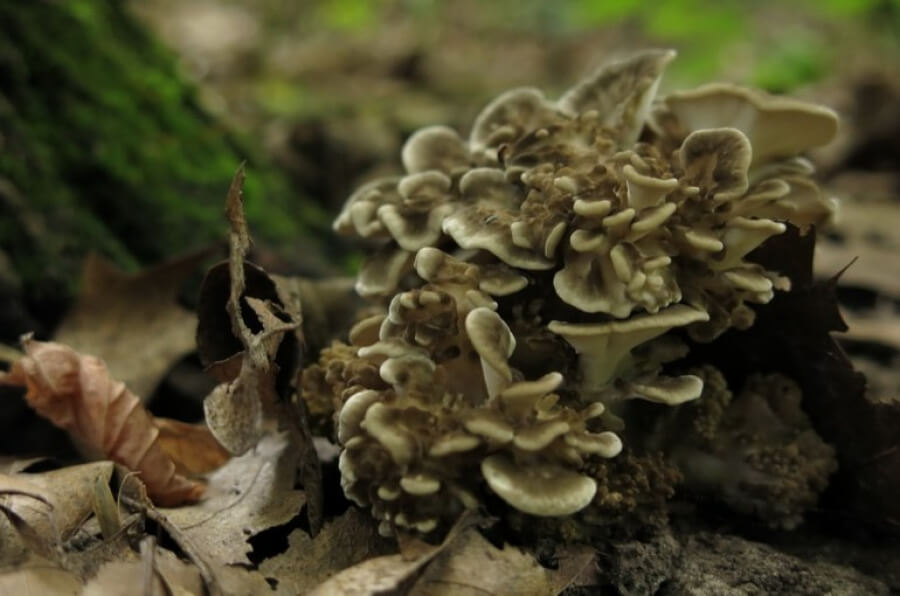


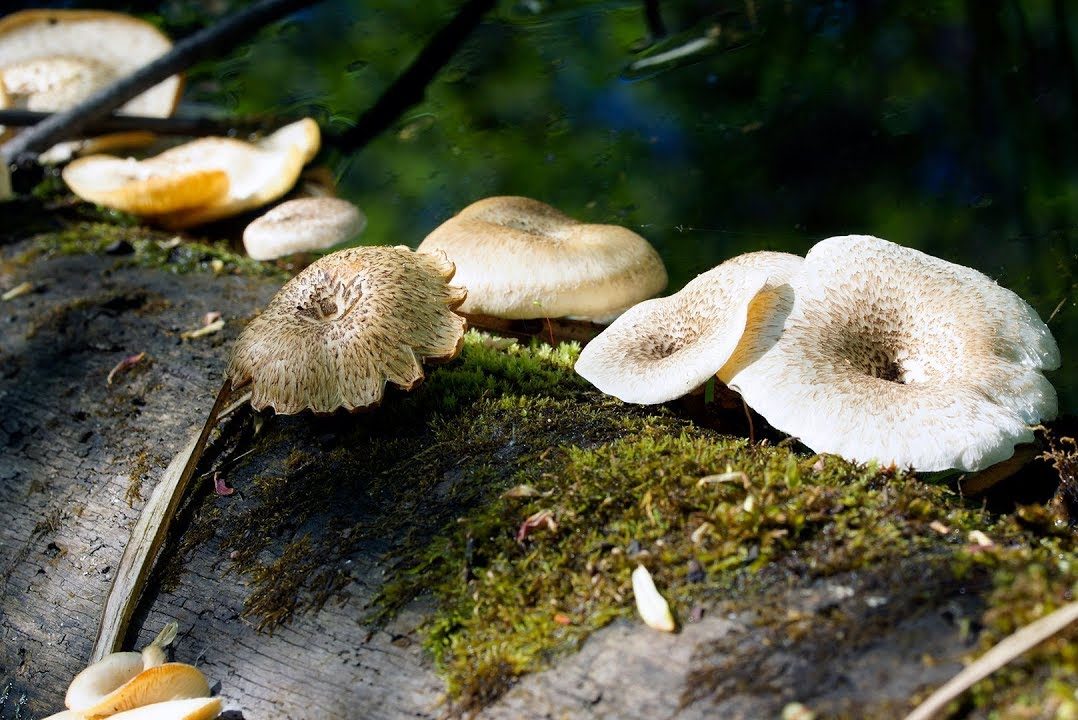
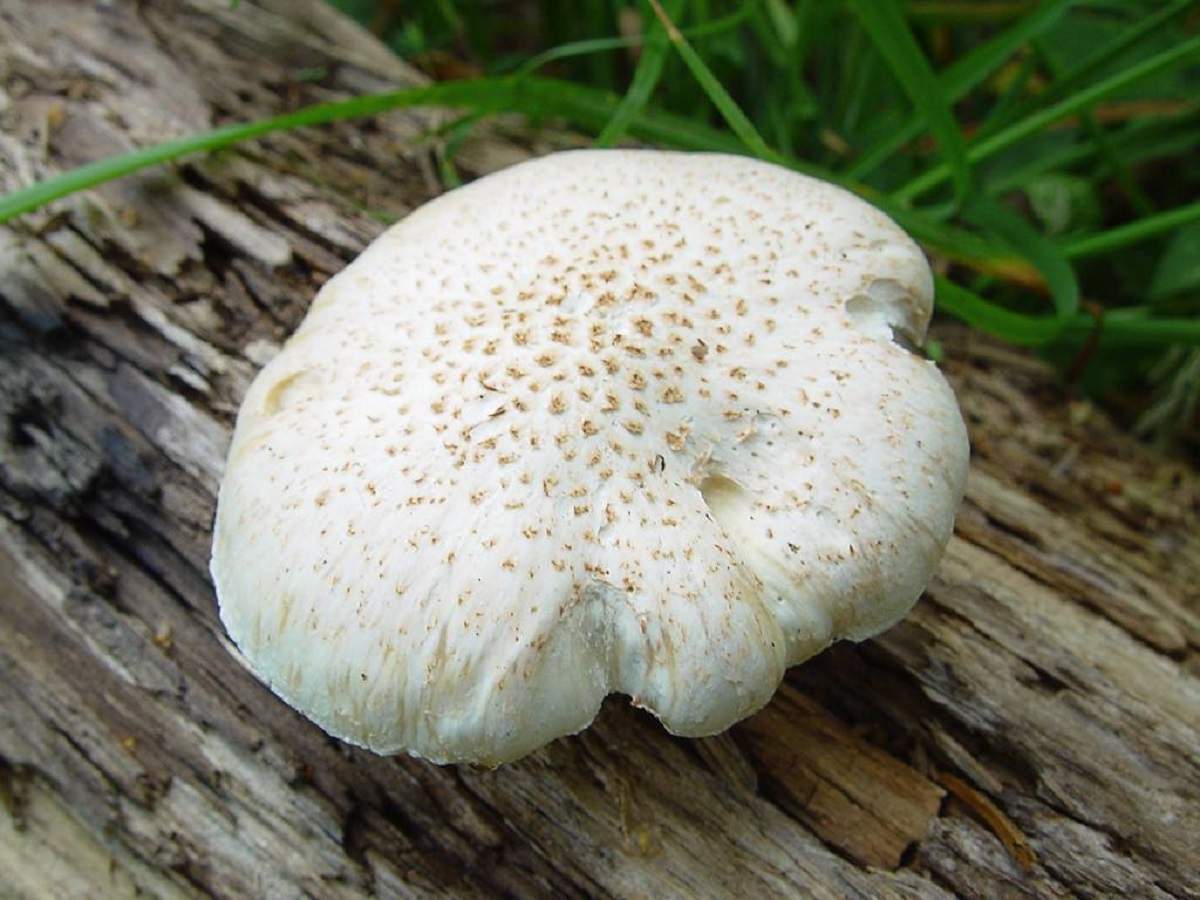
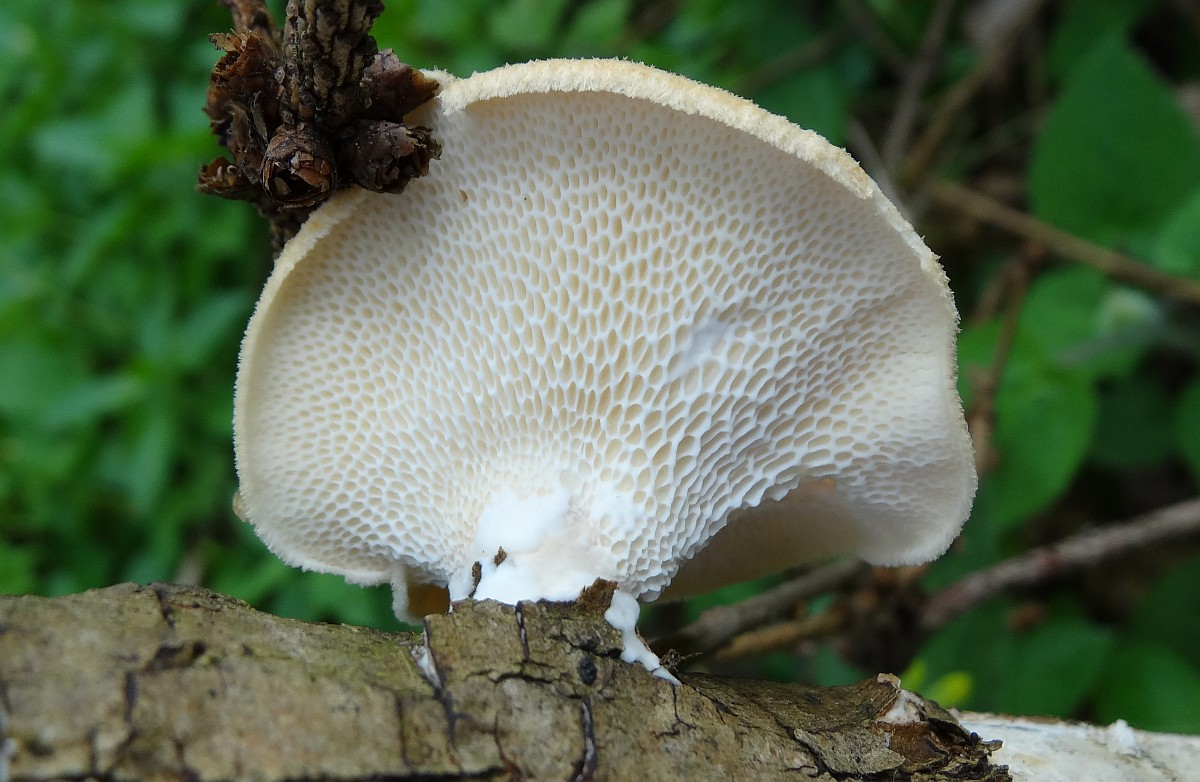
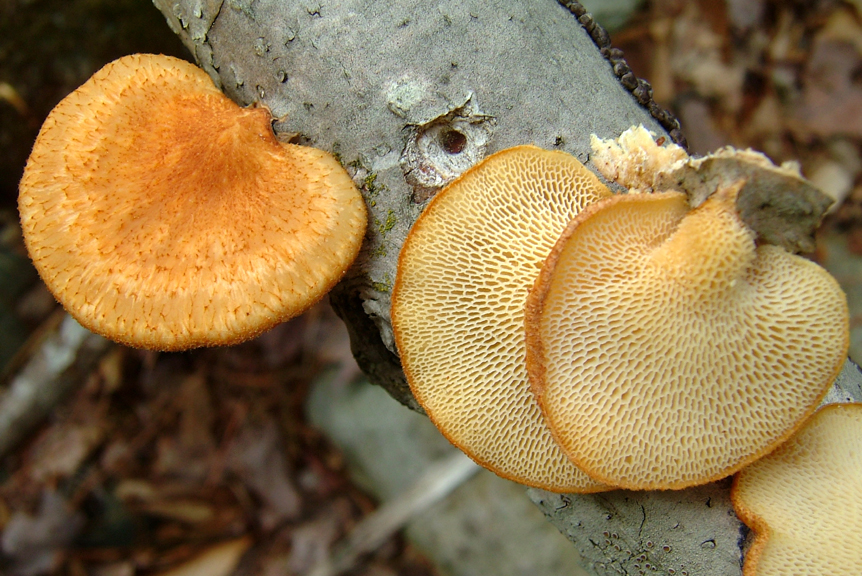
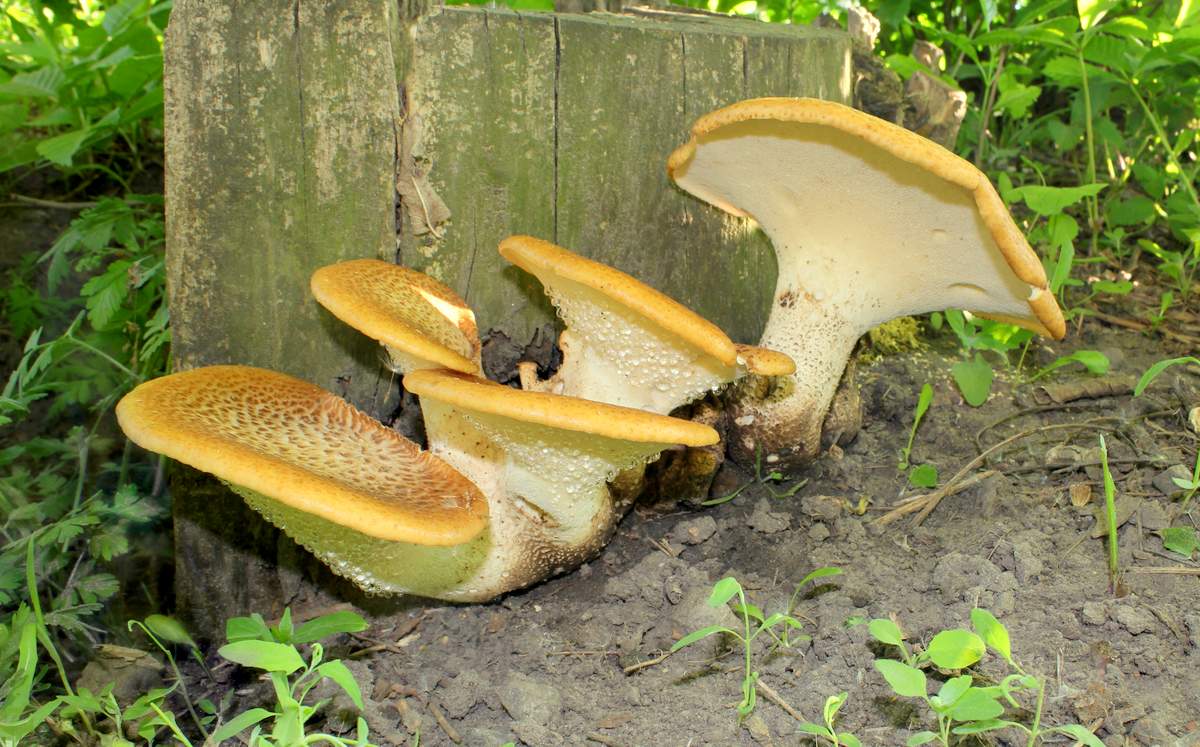
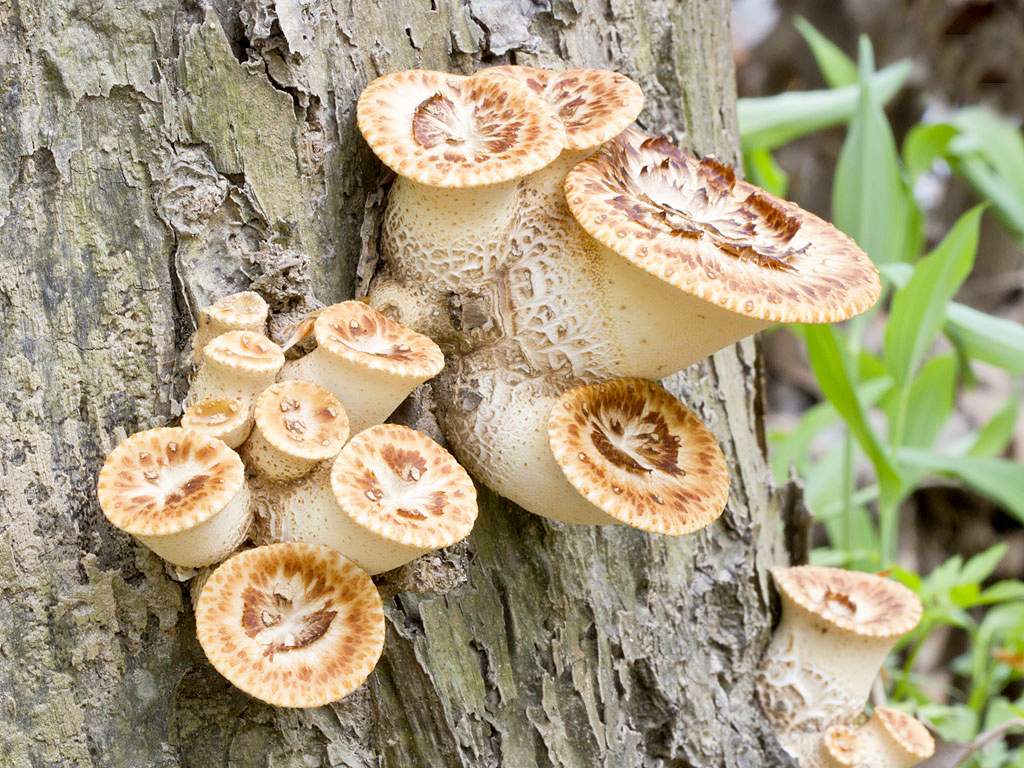
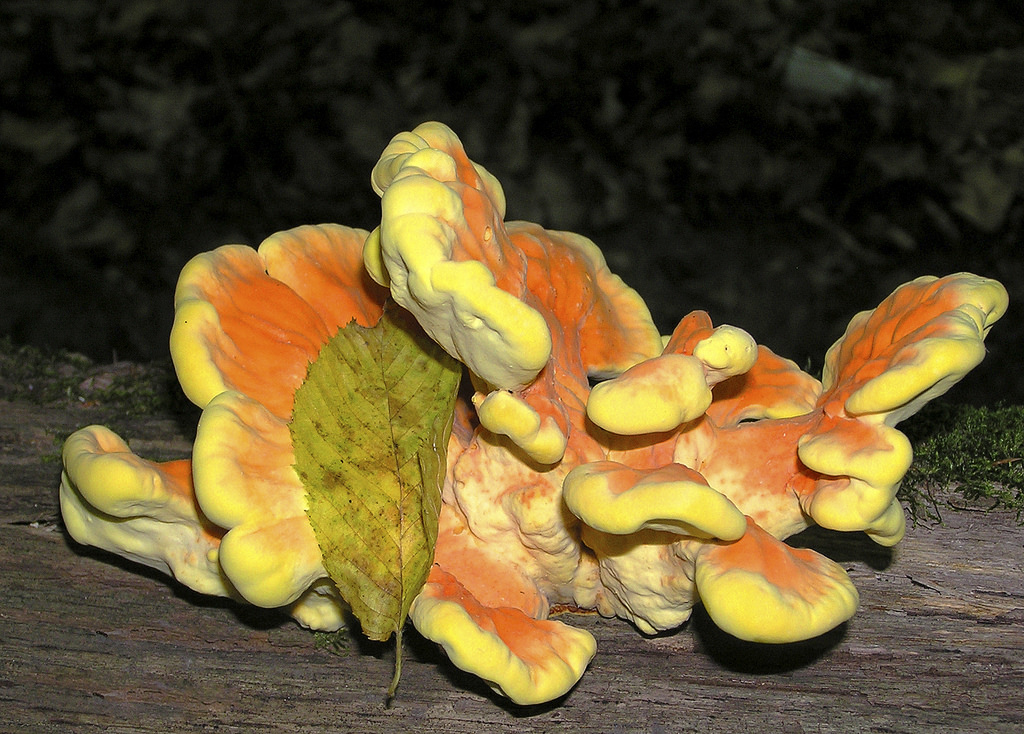
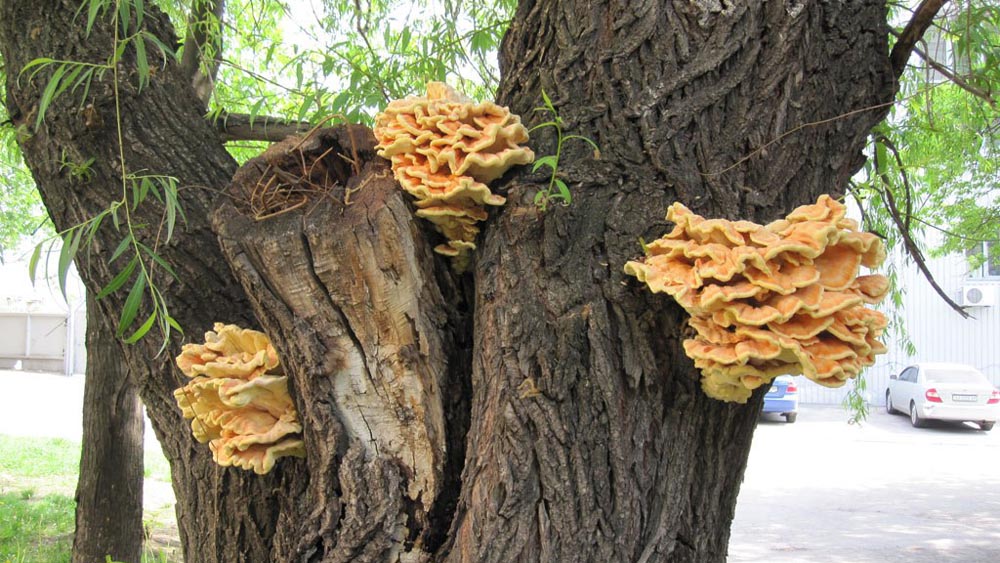
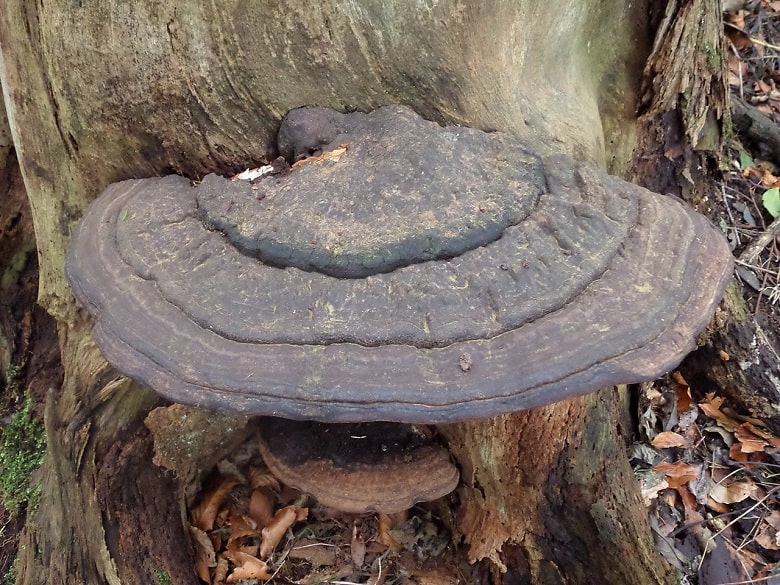
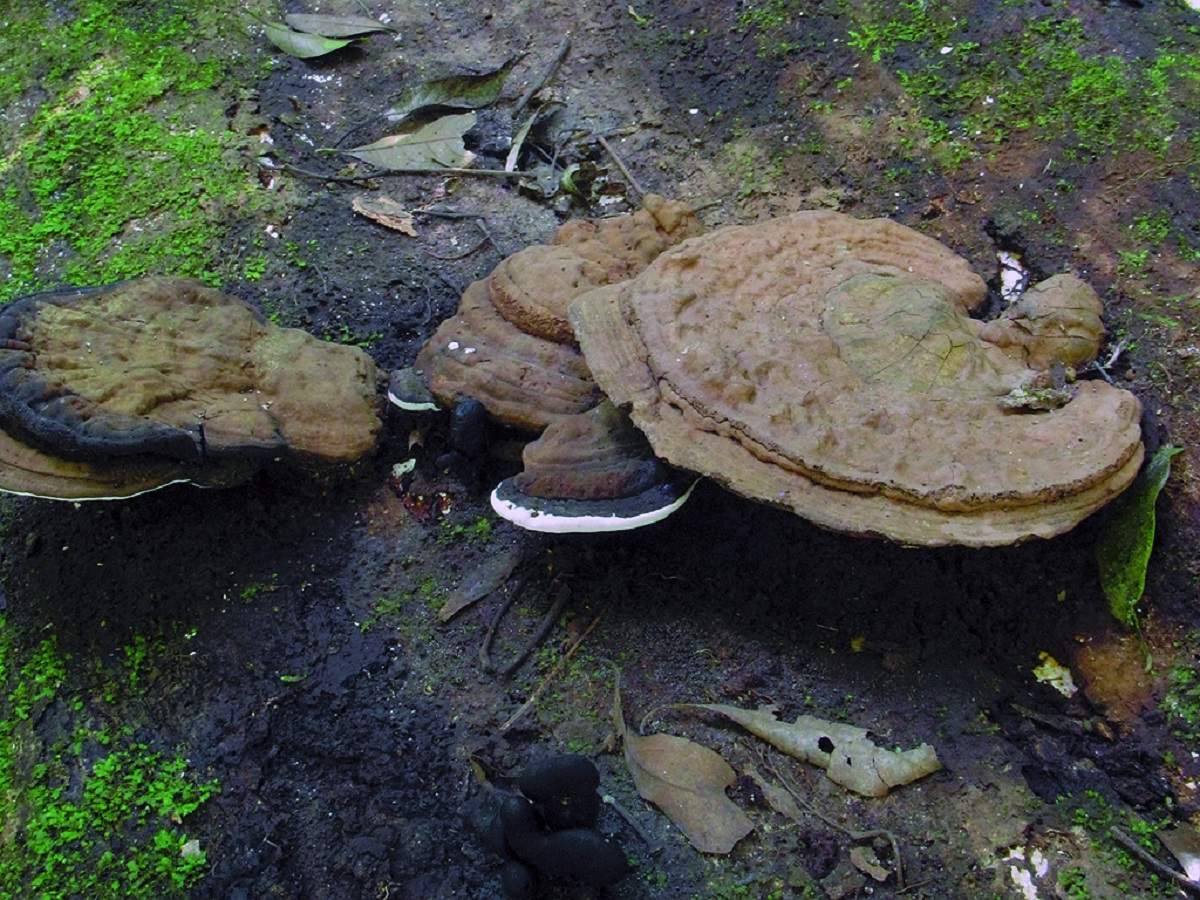
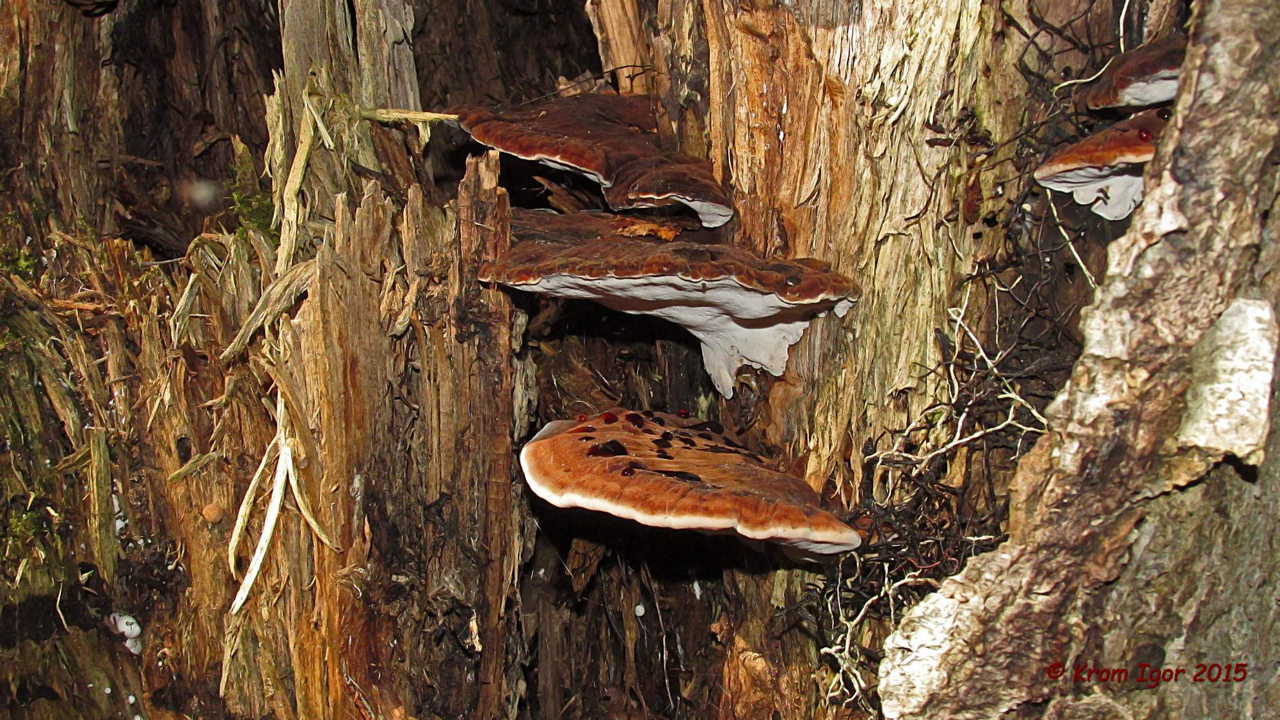
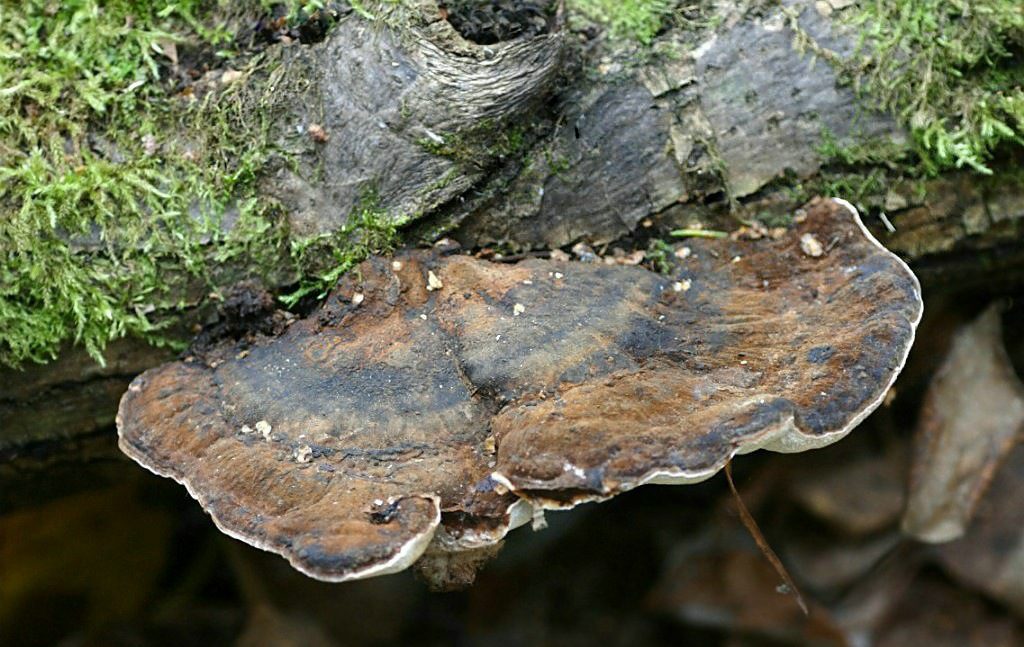
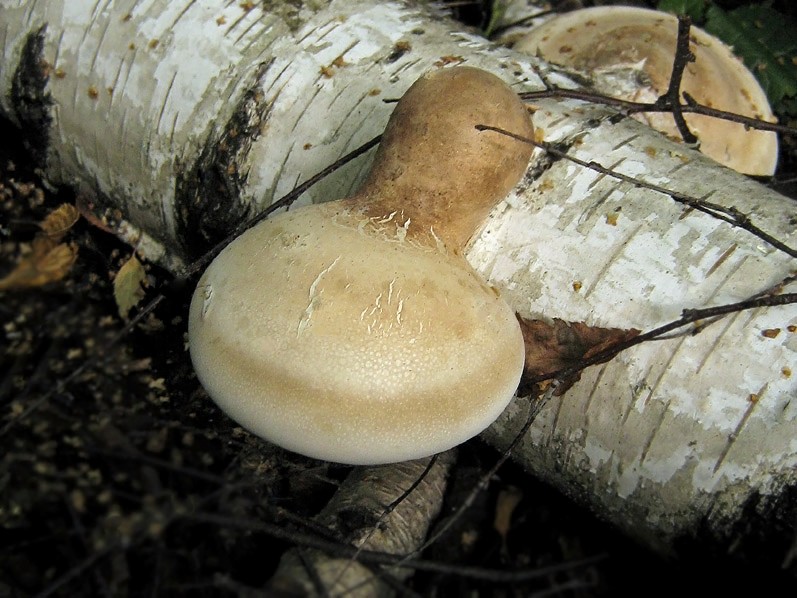
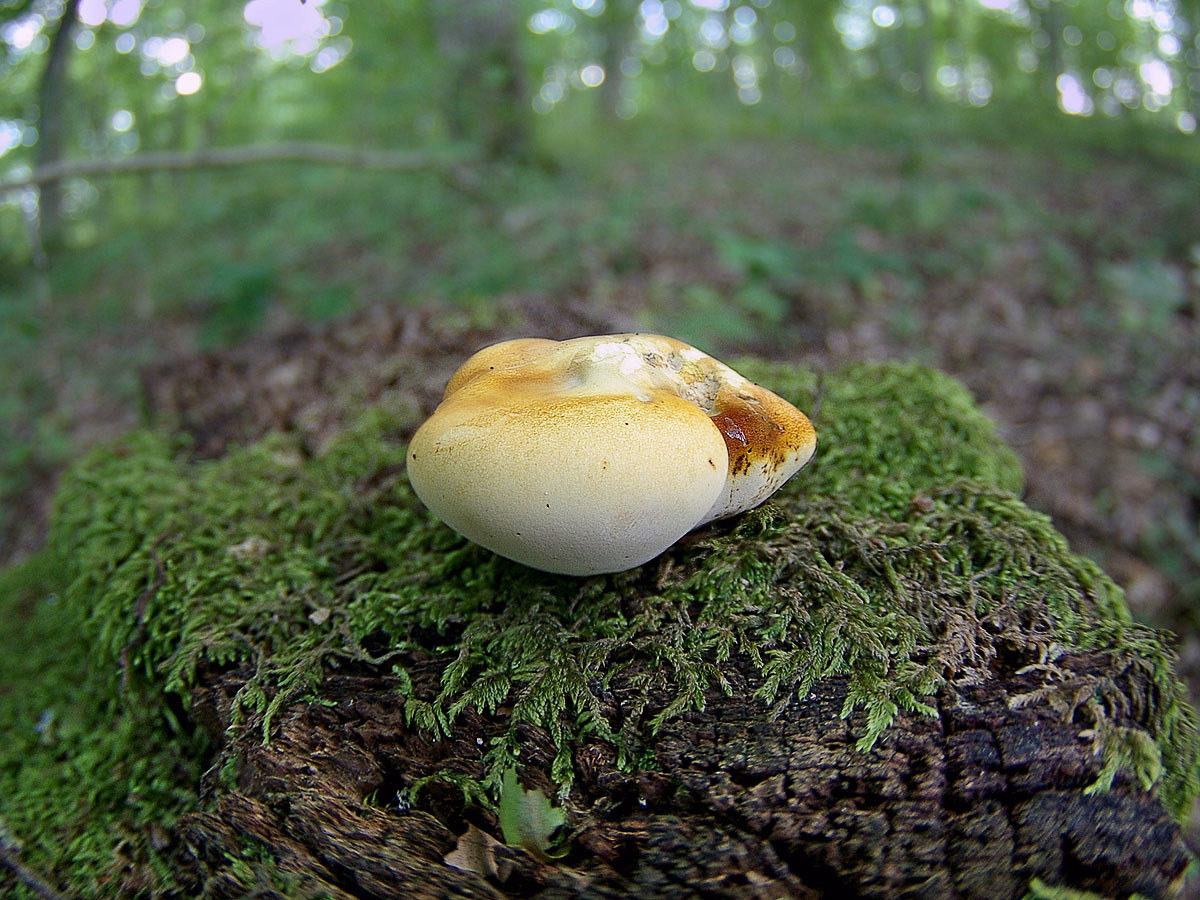
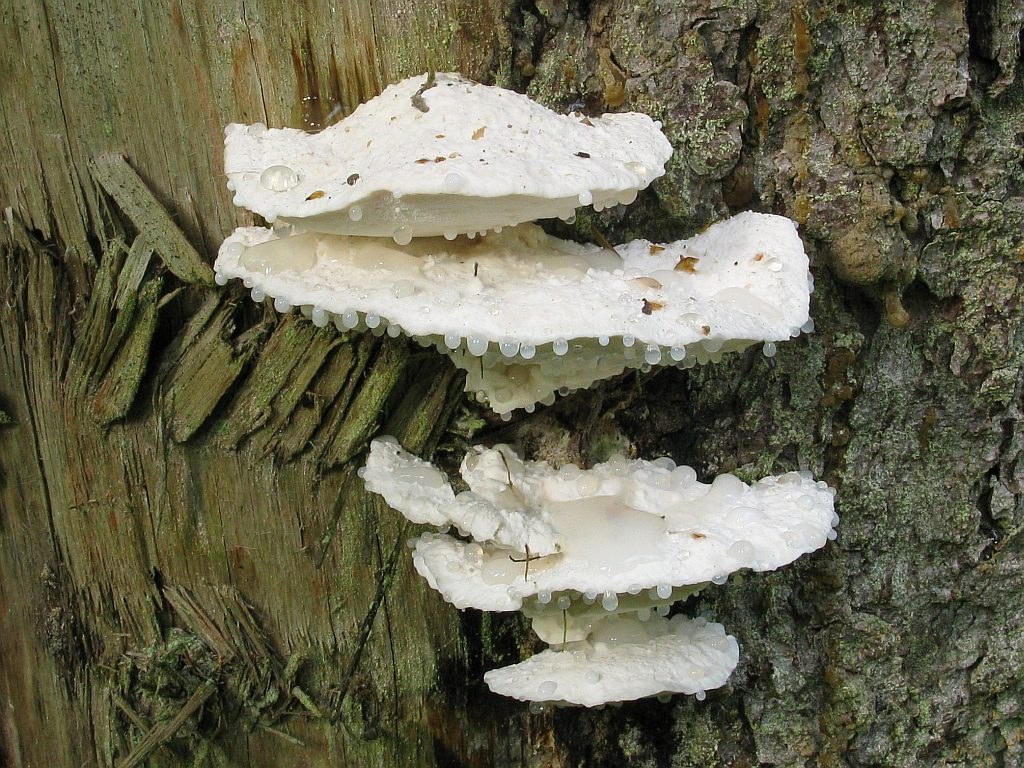
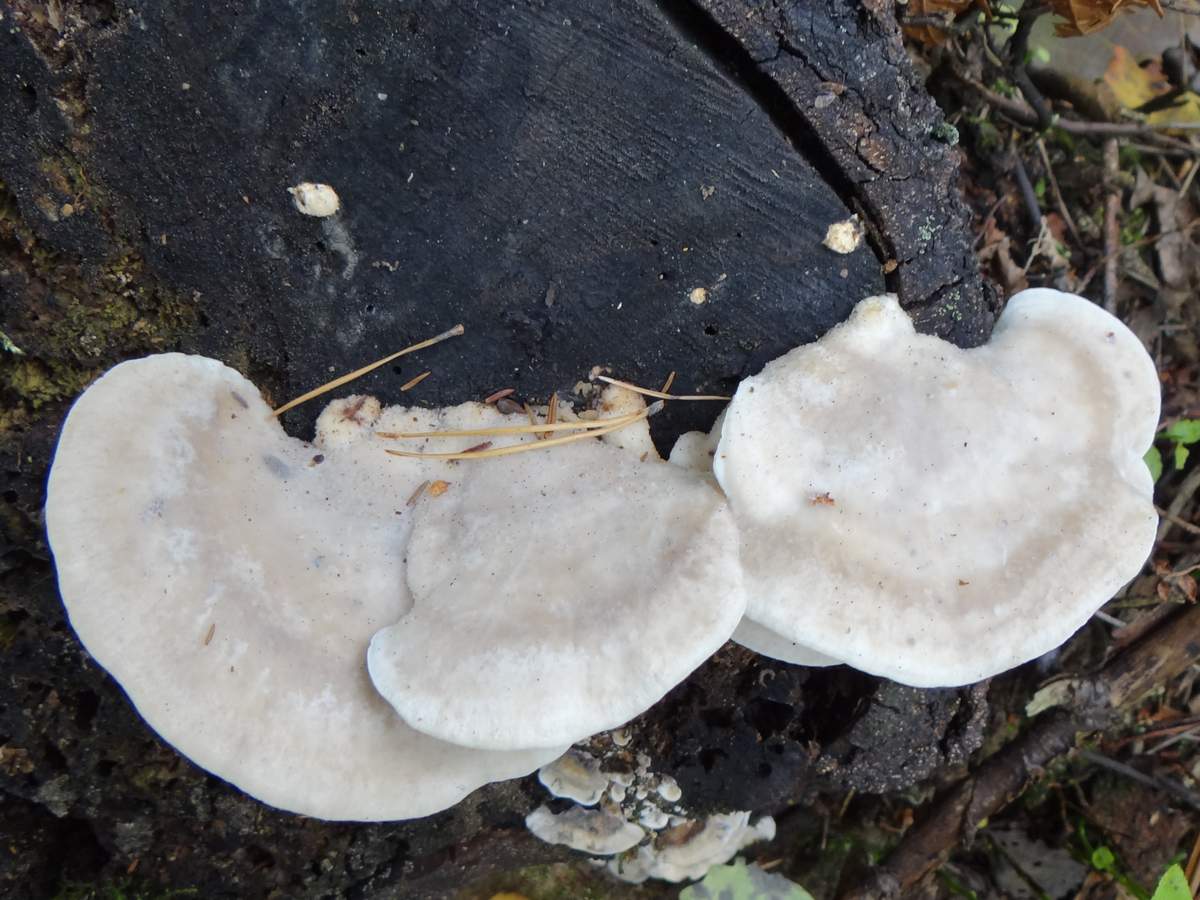
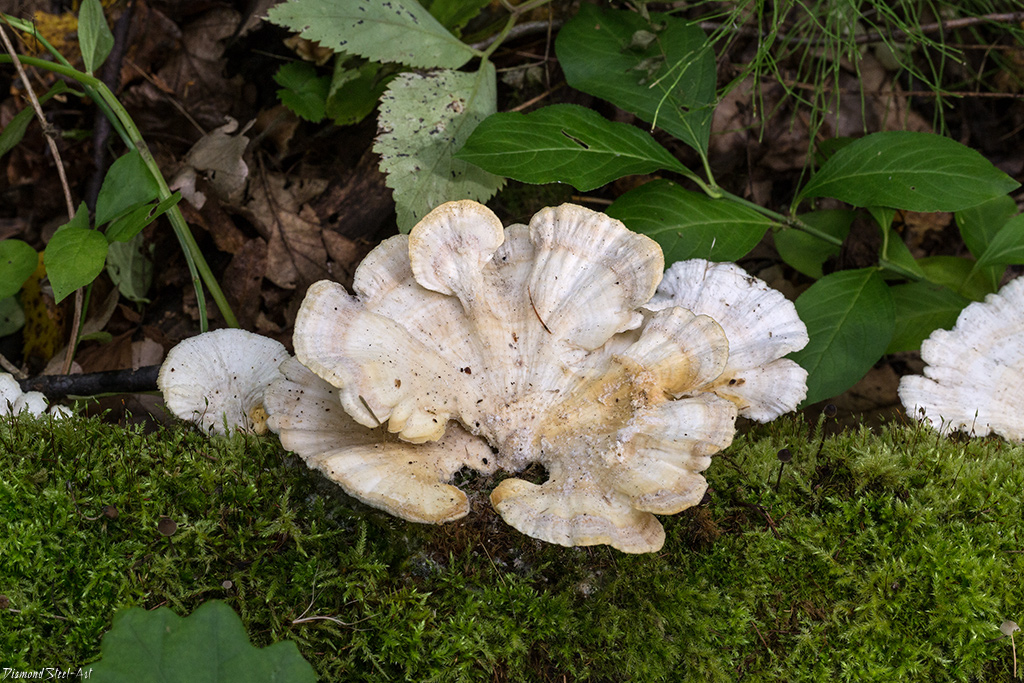
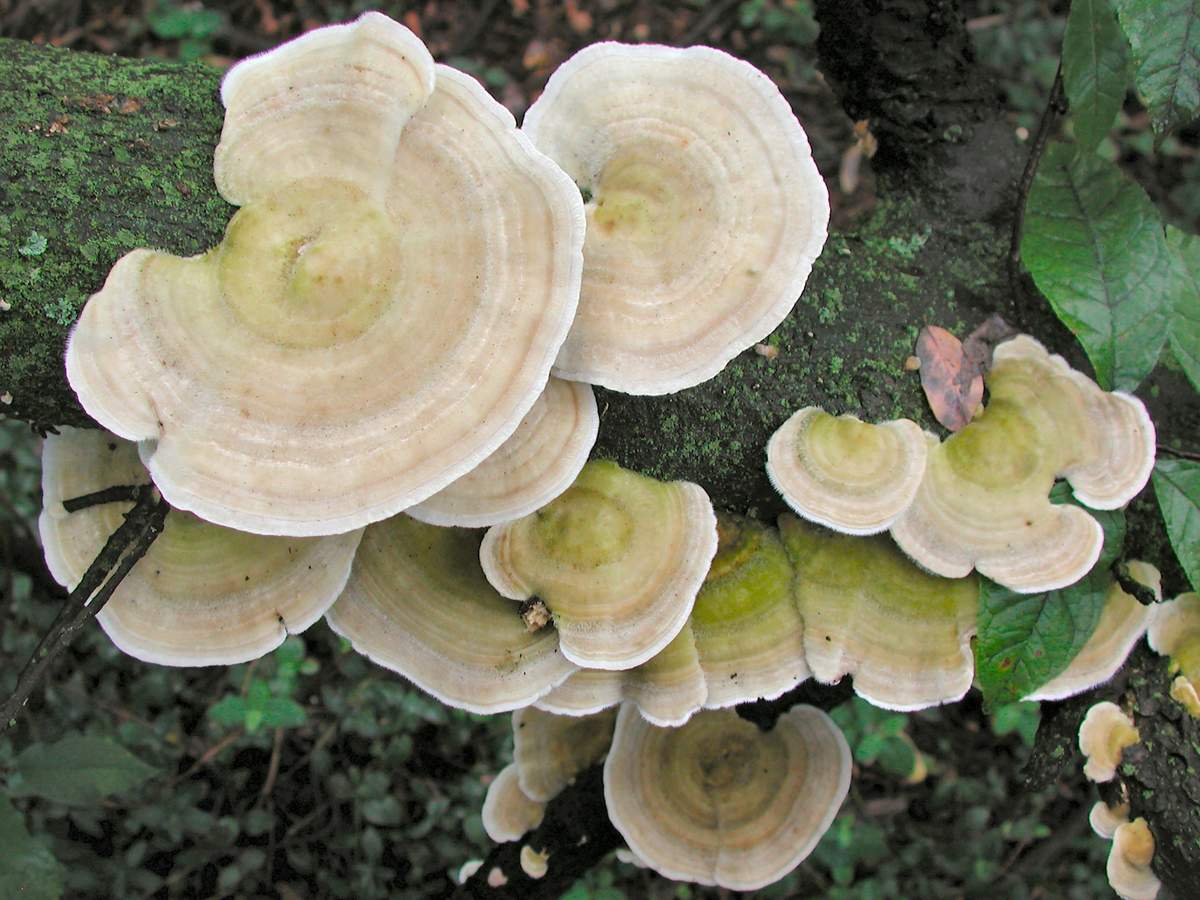
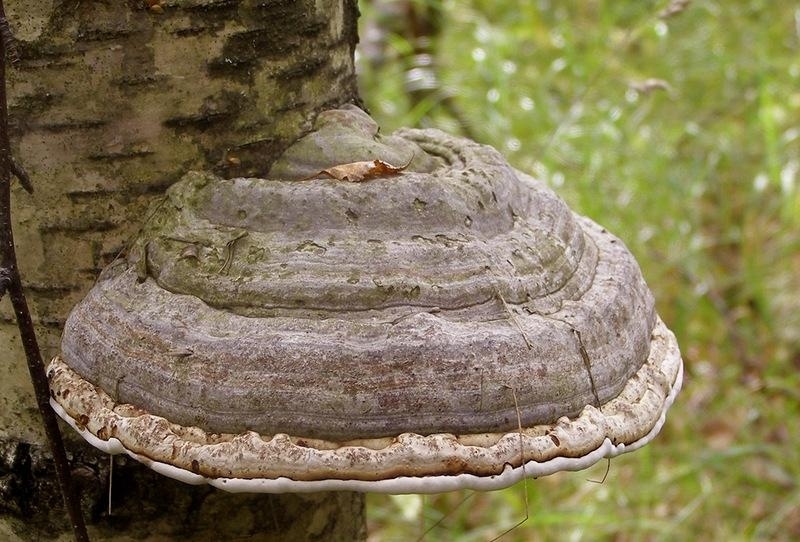
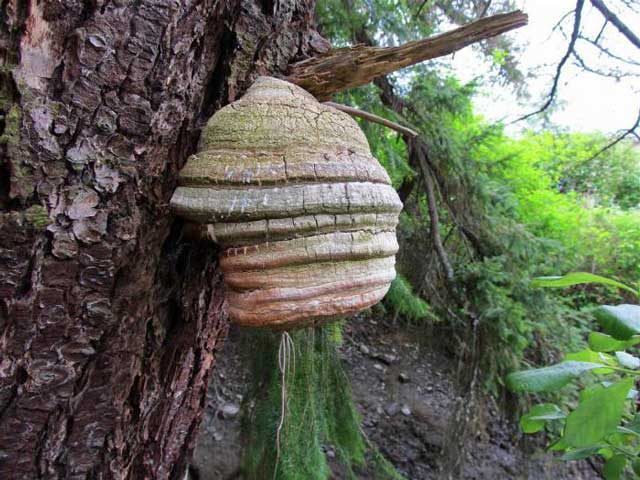
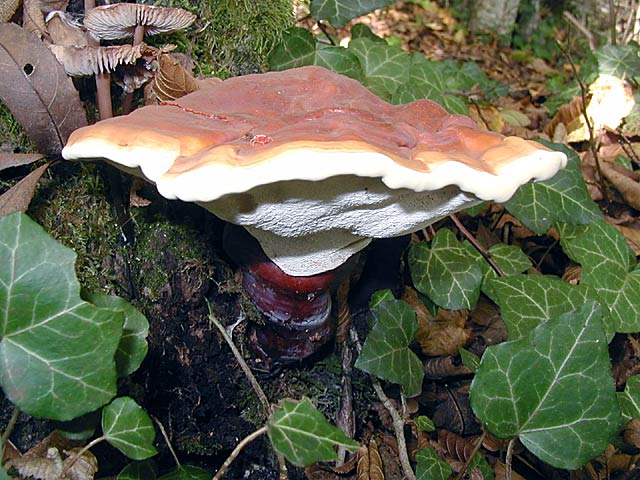
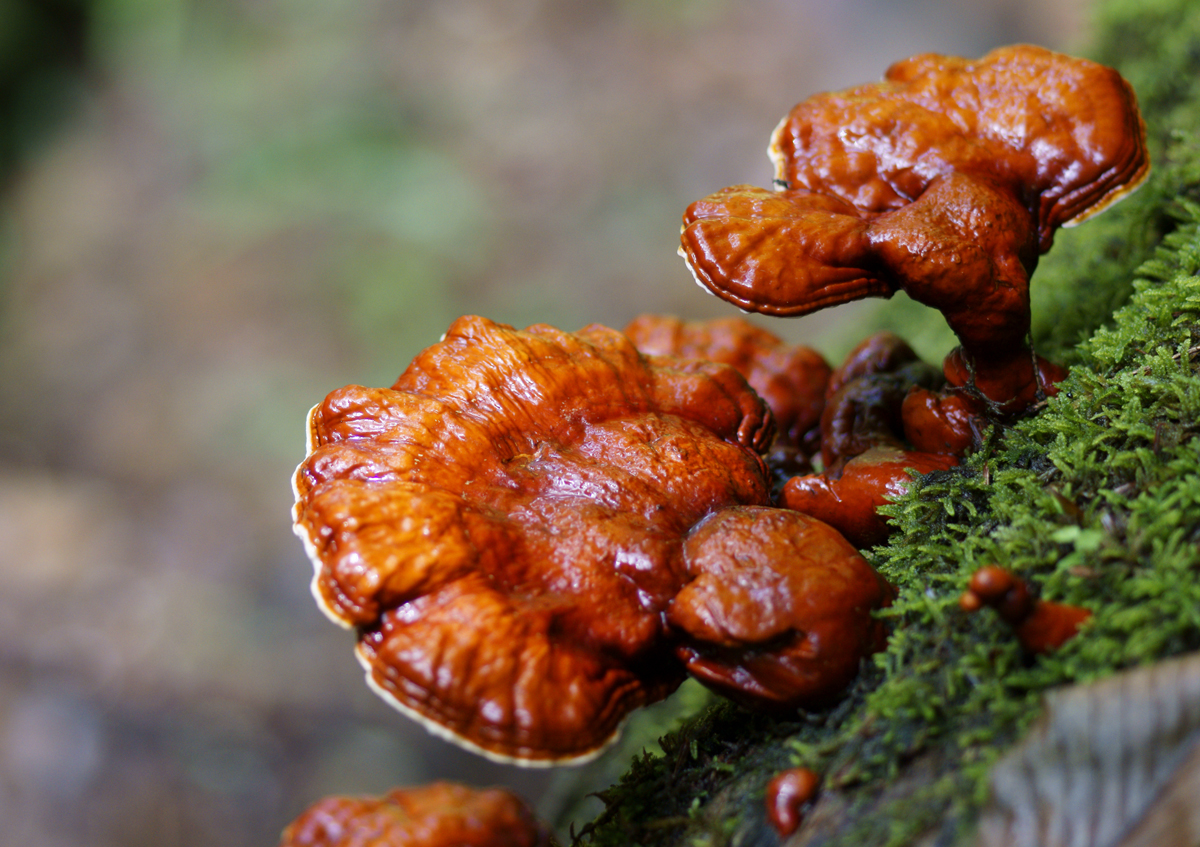
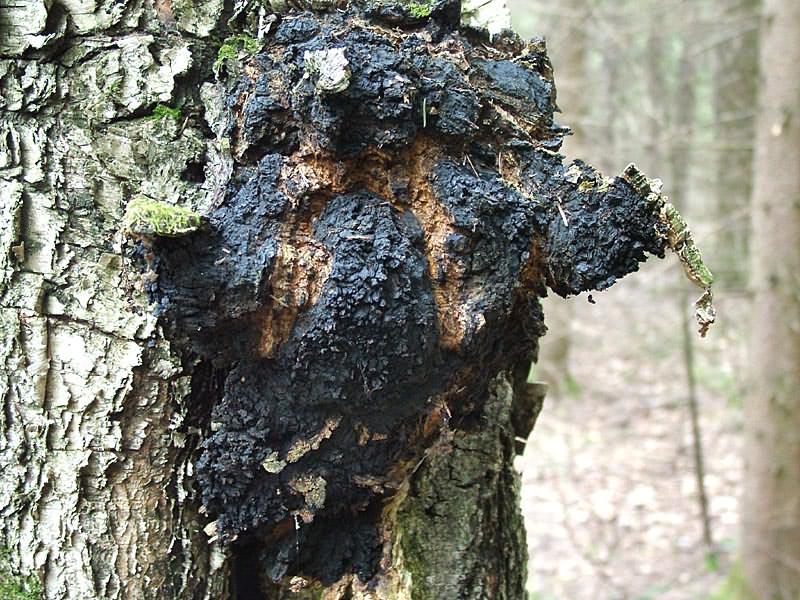
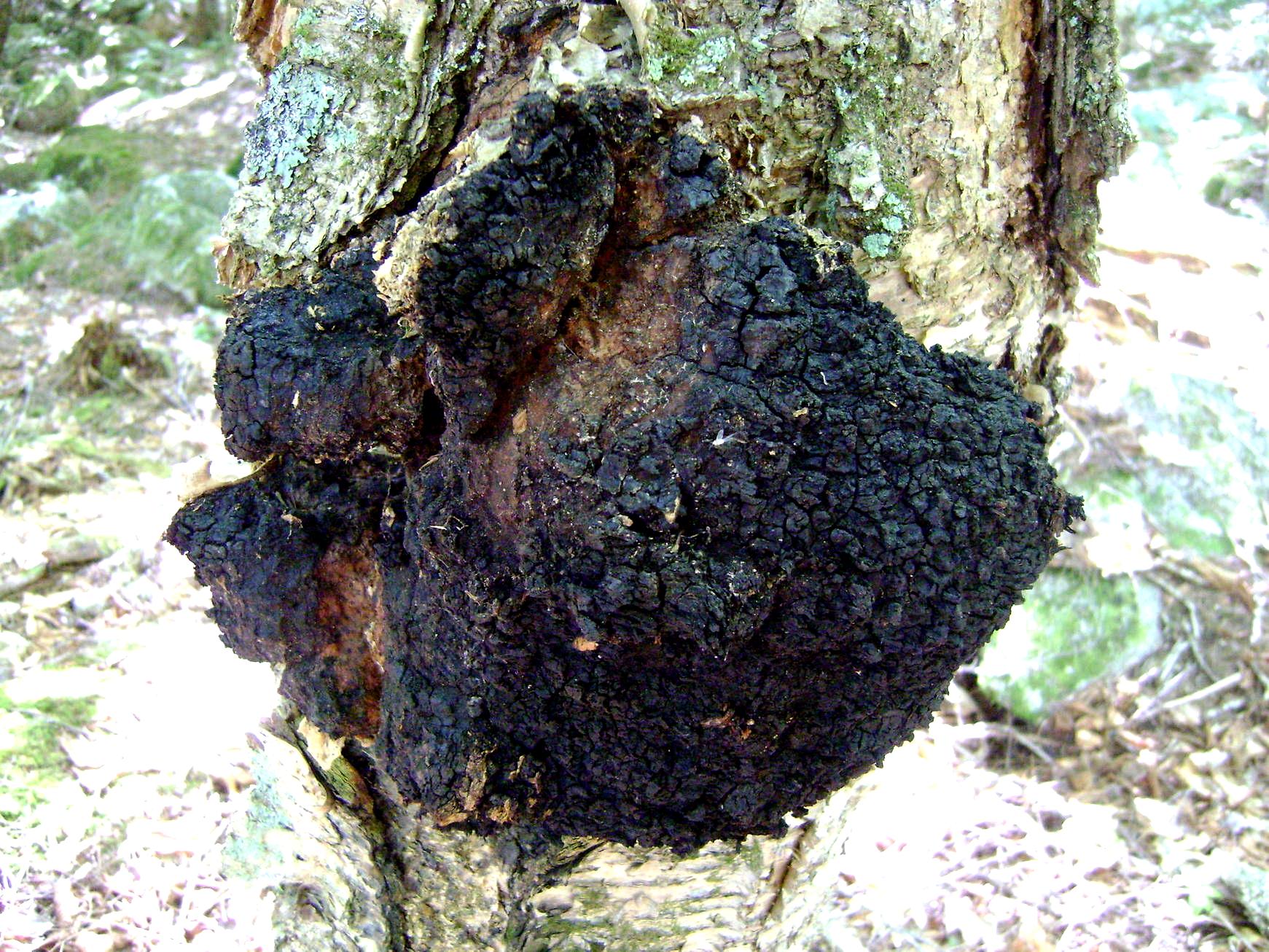
 Care and use of Kombucha at home (+22 photo)
Care and use of Kombucha at home (+22 photo) Edibility of the fungus of the motley umbrella and its description (+19 photo)
Edibility of the fungus of the motley umbrella and its description (+19 photo) Description of edible and inedible oils, their poisonous counterparts (+40 photos)
Description of edible and inedible oils, their poisonous counterparts (+40 photos) Useful properties of milk mushroom and its contraindications (+17 photos)
Useful properties of milk mushroom and its contraindications (+17 photos)
Helena
Piptoporus oak (Piptoporus quercinus)?
Why is there a typical birch sponge in the photo? (tinder fungus)?
This is a healing mushroom
Trametes, by the way, is also a medicinal mushroom (Antitumor drugs in Japan are made from tramtes)